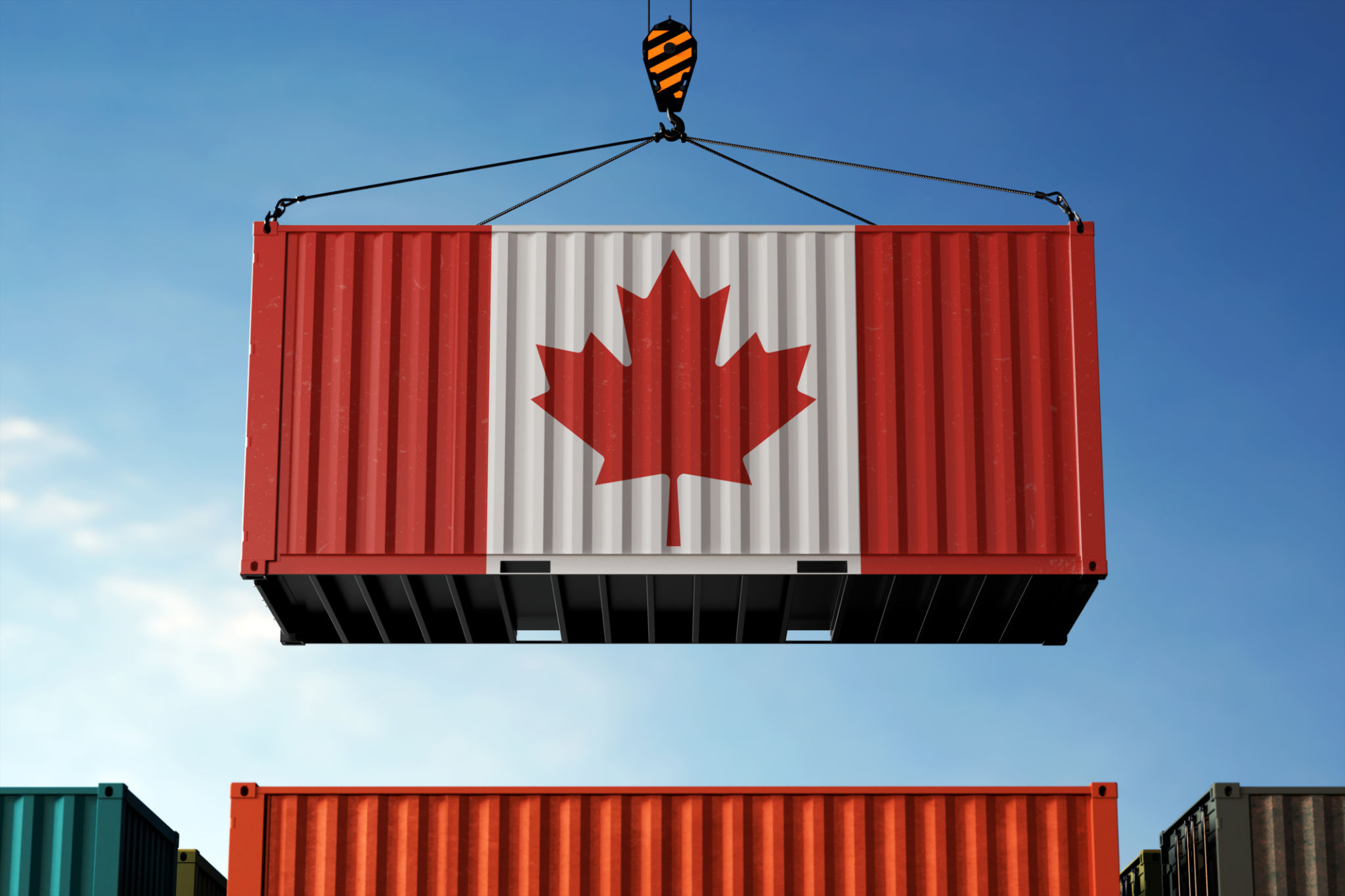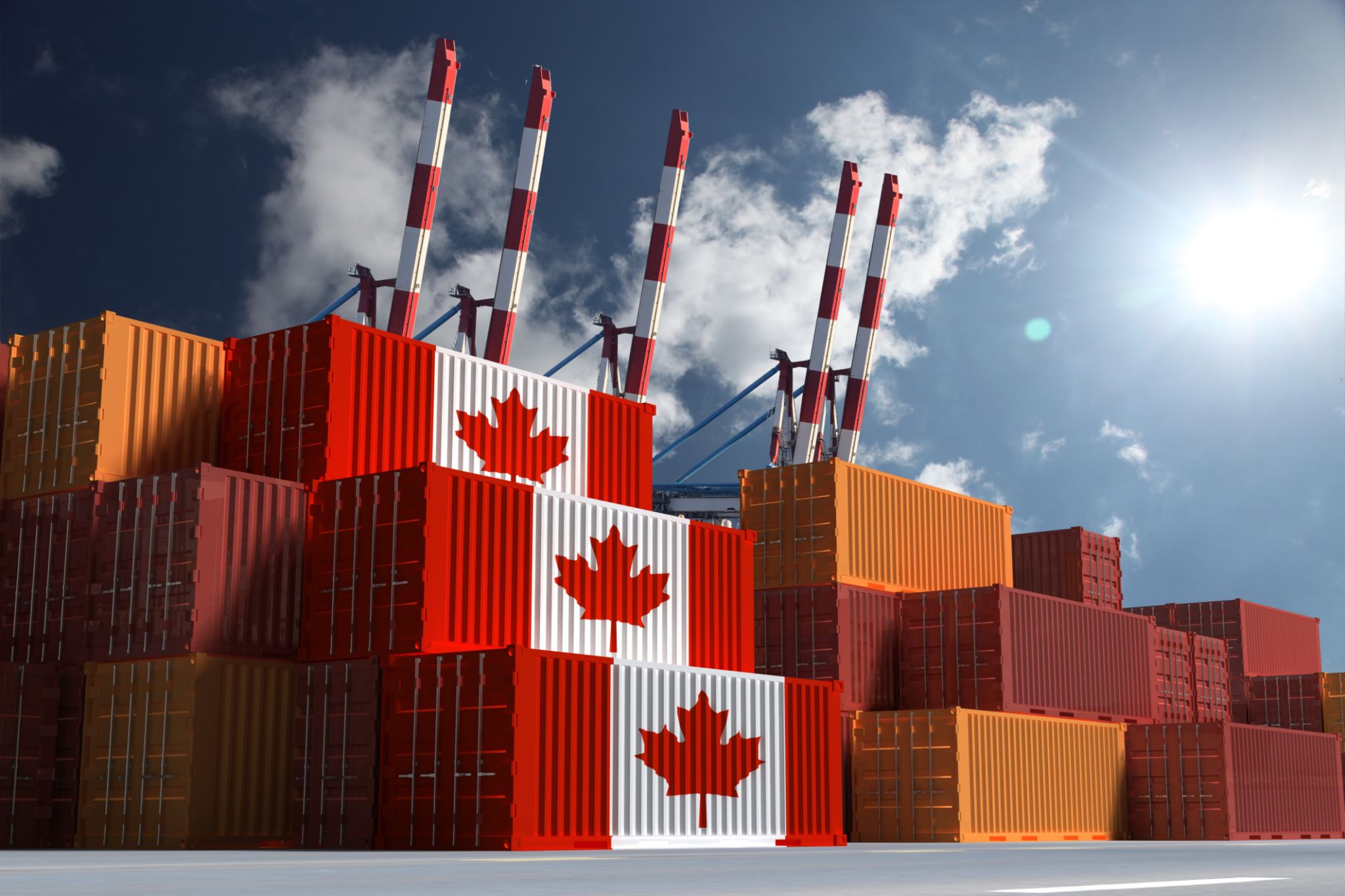Understanding Container Drayage: A Comprehensive Guide for Shippers and Carriers
What is Container Drayage?
Container drayage is a critical component of the logistics and shipping industry, yet it often goes unnoticed by those outside the field. Essentially, it involves the transport of goods over a short distance, typically from a port to a nearby warehouse or distribution center. This service is crucial in ensuring that cargo moves efficiently through the supply chain.

The Importance of Container Drayage
Drayage plays an essential role in the intermodal shipping process, acting as the vital link between ocean freight and inland transportation. The efficiency of drayage services can significantly impact delivery times and costs. For shippers and carriers, understanding how to optimize these services can lead to improved logistics efficiency and cost savings.
Moreover, as ports become increasingly congested with the growing volume of global trade, efficient drayage operations can help minimize delays and ensure timely deliveries to end customers. This makes it a focal point for improving overall supply chain performance.
Key Players in Container Drayage
The drayage process involves several key players, each with a specific role:
- Shippers: Companies that need to transport goods from the port to another location.
- Carriers: Transport companies that provide drayage services.
- Ports: Facilities where cargo is loaded and unloaded from ships.

Challenges in Container Drayage
Despite its importance, container drayage faces several challenges. One major issue is port congestion, which can cause delays in picking up and delivering containers. Additionally, regulatory changes and environmental concerns are leading to stricter emissions standards for drayage trucks, potentially increasing costs for carriers.
The shortage of drivers is another significant challenge impacting the industry. As demand for goods transportation rises, finding qualified drivers to handle the workload becomes increasingly difficult, affecting service reliability and efficiency.
Strategies for Effective Drayage Management
To navigate these challenges, both shippers and carriers should focus on implementing effective strategies. Strong communication between all parties involved is crucial to ensure smooth operations. Leveraging technology, such as real-time tracking systems, can enhance transparency and optimize route planning.

Environmental Considerations
In response to growing environmental concerns, many companies are exploring eco-friendly drayage options. This includes investing in cleaner, fuel-efficient trucks or even electric vehicles to reduce carbon emissions. By adopting sustainable practices, companies can not only comply with regulations but also improve their corporate social responsibility image.
The Future of Container Drayage
The future of container drayage looks promising with advancements in technology and increased focus on sustainability. Automated vehicles and drones are being explored as potential solutions to further streamline the drayage process. Additionally, blockchain technology offers innovative ways to enhance transparency and security in logistics.
Shippers and carriers who stay ahead by embracing these innovations will likely gain a competitive edge in the evolving logistics landscape. As the industry continues to adapt, understanding container drayage will remain essential for optimizing supply chain operations.
